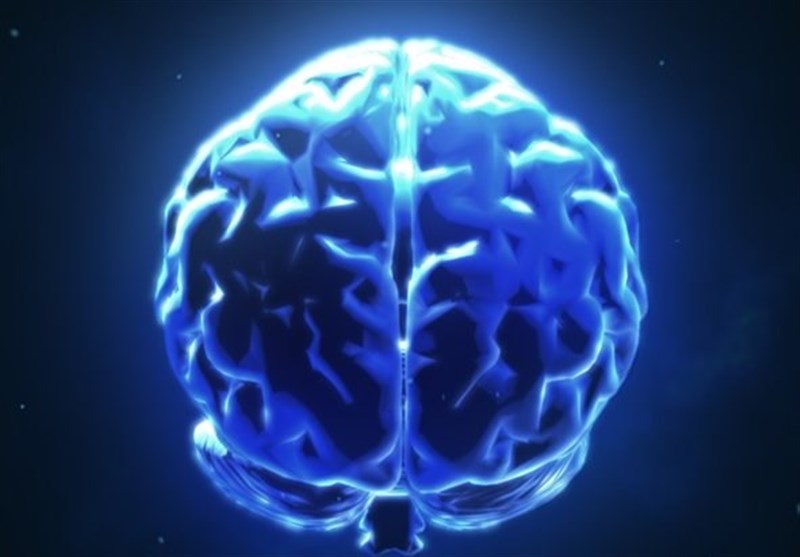Neuroscientists Share Thoughts by Connecting Three Brains Together
TEHRAN (Tasnim) - Neuroscientists have successfully connected brains of three people together to allow them to share their thoughts – and in this case, play a Tetris-style game.
The team thinks this wild experiment could be scaled up to connect whole networks of people, and yes, it's as weird as it sounds.
It works through a combination of electroencephalograms (EEGs), for recording the electrical impulses that indicate brain activity, and transcranial magnetic stimulation (TMS), where neurons are stimulated using magnetic fields.
The researchers behind the system have dubbed it BrainNet, and say it could eventually be used to connect many different minds together, even across the web, Science Alert reported.
But apart from opening up strange new methods of communication, BrainNet could actually teach us more about how the human brain functions on a deeper level.
"We present BrainNet which, to our knowledge, is the first multi-person non-invasive direct brain-to-brain interface for collaborative problem solving," wrote the researchers in October 2018.
"The interface allows three human subjects to collaborate and solve a task using direct brain-to-brain communication."
In the experiment set up by the scientists, two 'senders' were connected to EEG electrodes and asked to play a Tetris-style game involving falling blocks. They had to decide whether each block needed rotating or not.
To do this, they were asked to stare at one of two flashing LEDs at either side of the screen – one flashing at 15 Hz and the other at 17 Hz – which produced different signals in the brain that the EEG could pick up on.
These choices were then relayed to a single 'receiver' through a TMS cap that could generate phantom flashes of light in the receiver's mind, known as phosphenes.
The receiver couldn't see the whole game area, but had to rotate the falling block if a light flash signal was sent.
Across five different groups of three people, the researchers hit an average accuracy level of 81.25 percent, which is decent for a first try.
To add an extra layer of complexity to the game, the senders could add a second round of feedback indicating whether the receiver had made the right call.
Receivers were able to detect which of the senders was most reliable based on brain communications alone, which the researchers say shows promise for developing systems that deal with more real world scenarios where human unreliability would be a factor.
And while the current system can only transmit one 'bit' (or flash) of data at a time, the team from the University of Washington and Carnegie Mellon University thinks the setup can be expanded in the future.
The same group of researchers has previously been able to link up two brains successfully, getting participants to play a game of 20 questions against each other. Again, phantom phosphene flashes were used to transmit information, in this case "yes" or "no".
For now it's very slow and not fully reliable, and this work has yet to be peer-reviewed by the neuroscience community, but it's a glimpse at some fanciful ways we could be getting our thoughts across to each other in the future – maybe even pooling mental resources to try and tackle major problems.
"Our results raise the possibility of future brain-to-brain interfaces that enable cooperative problem solving by humans using a 'social network' of connected brains," wrote the team.






